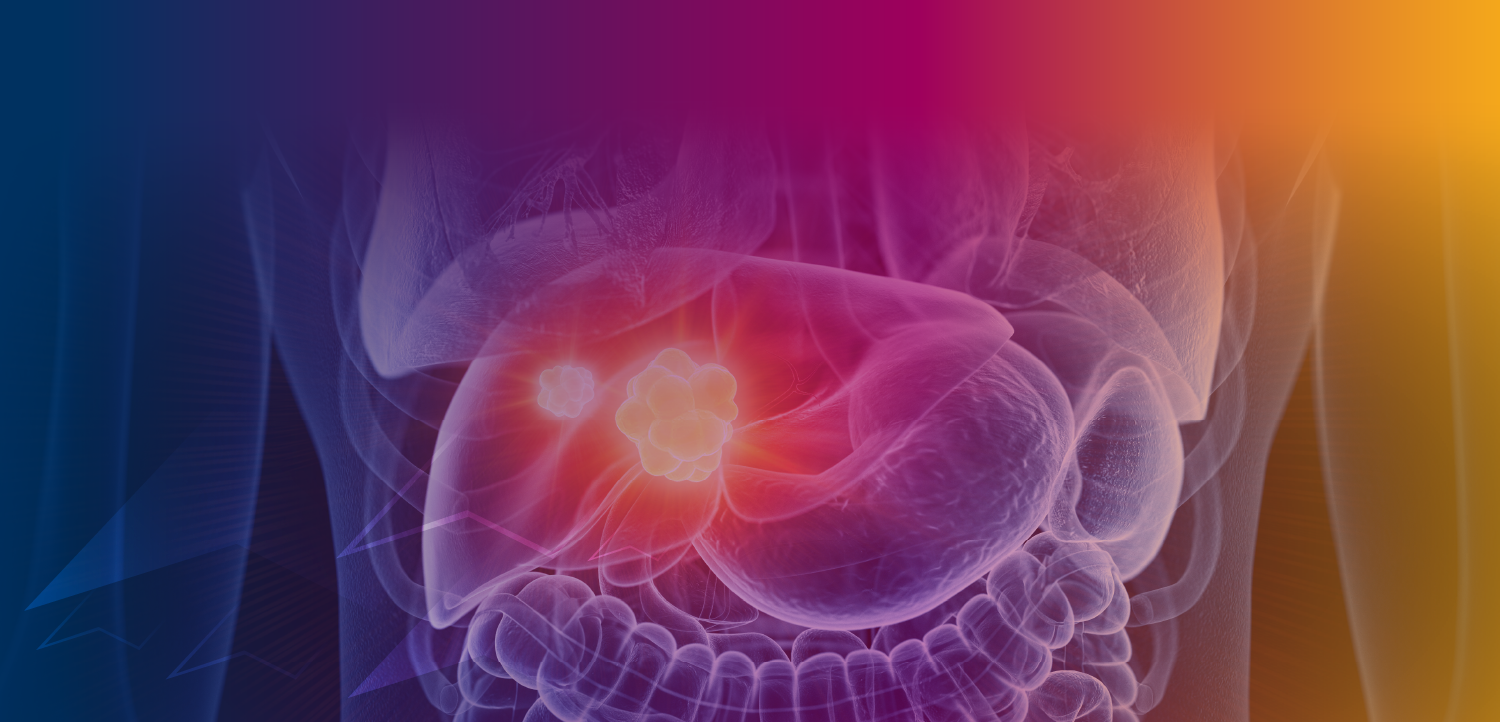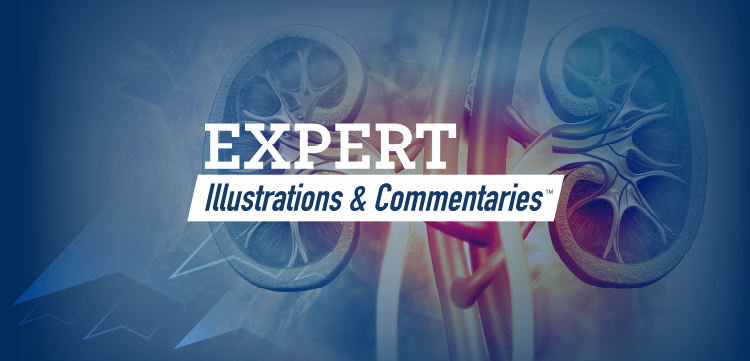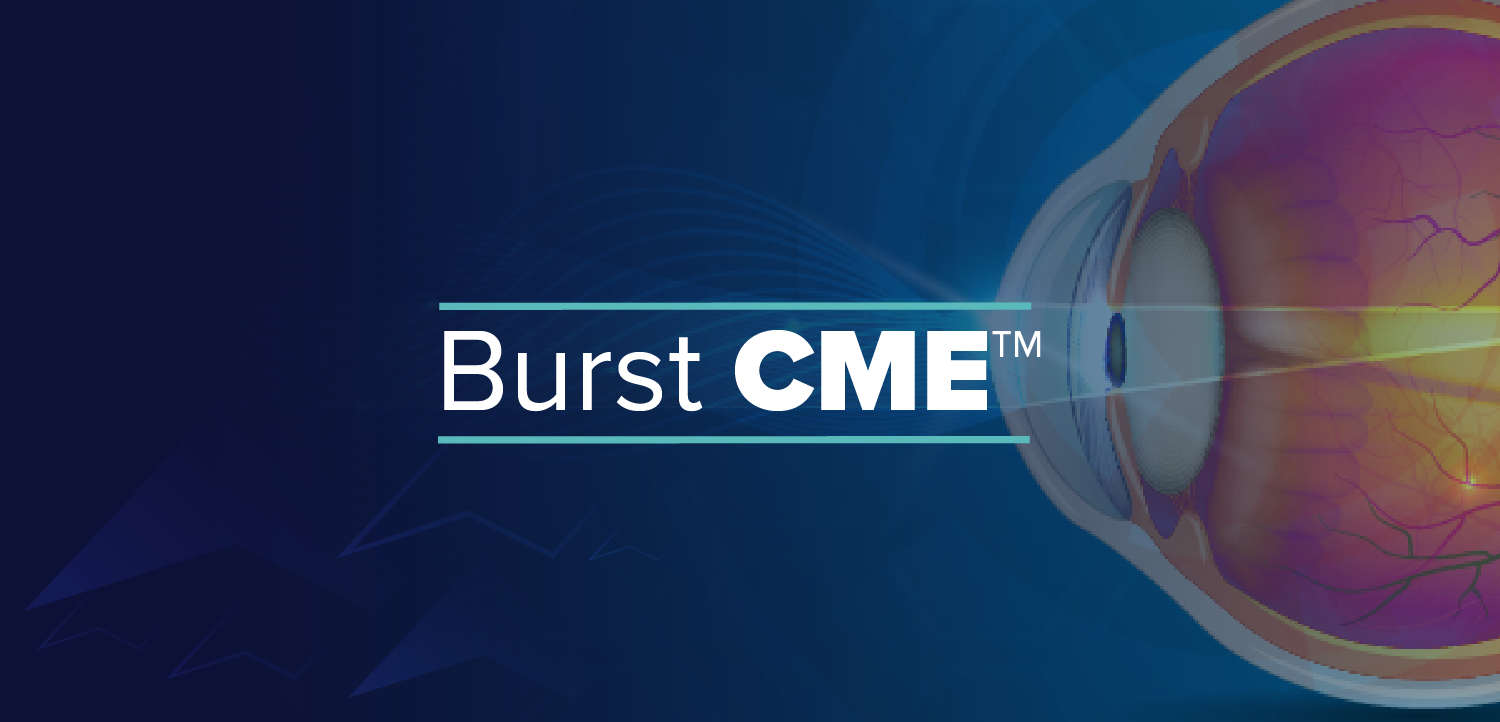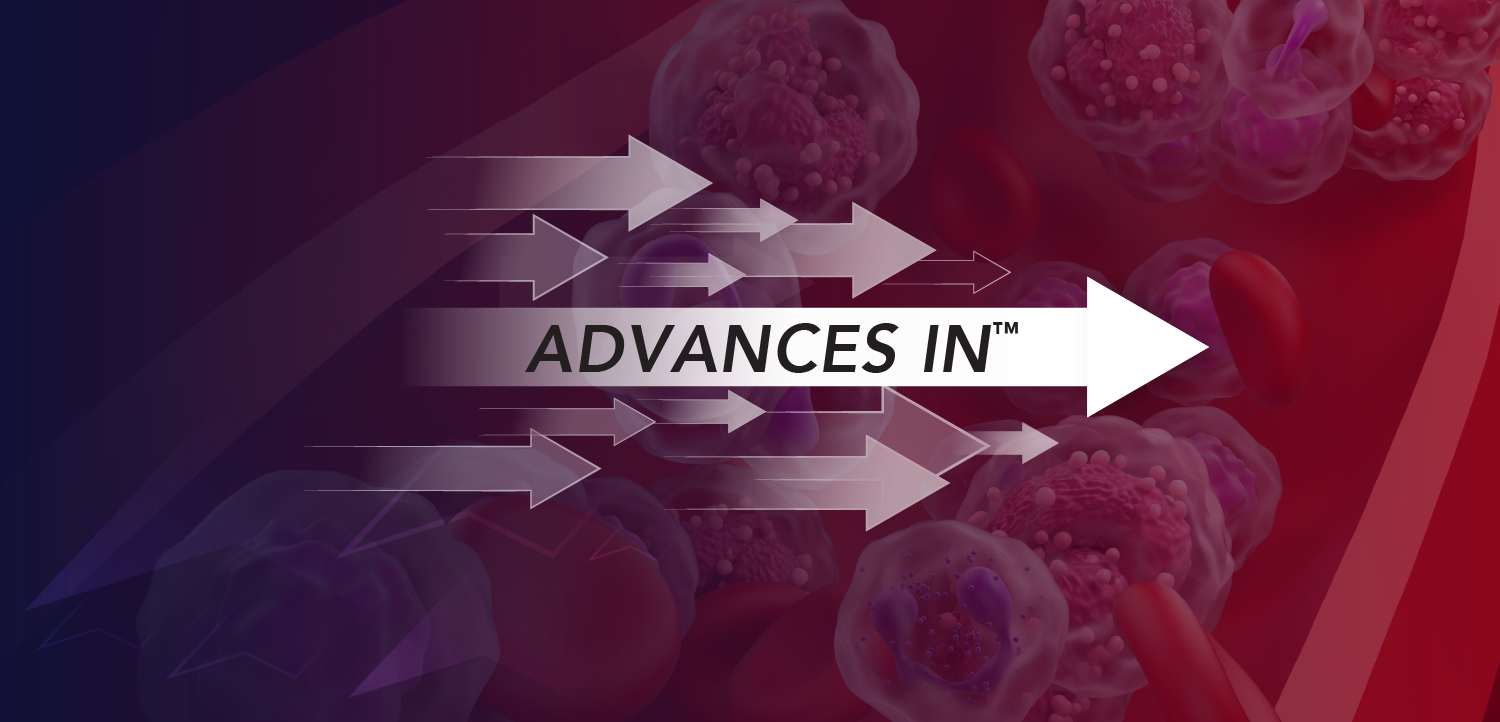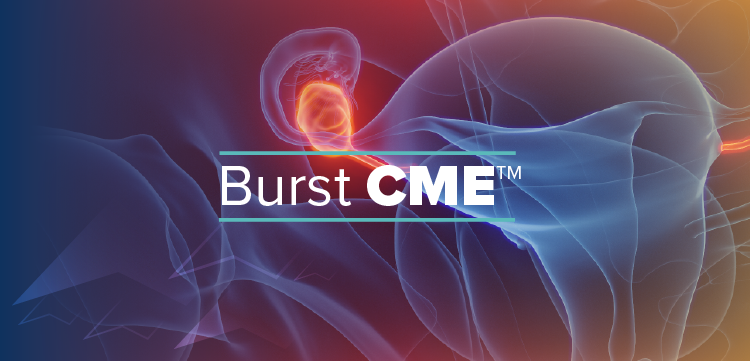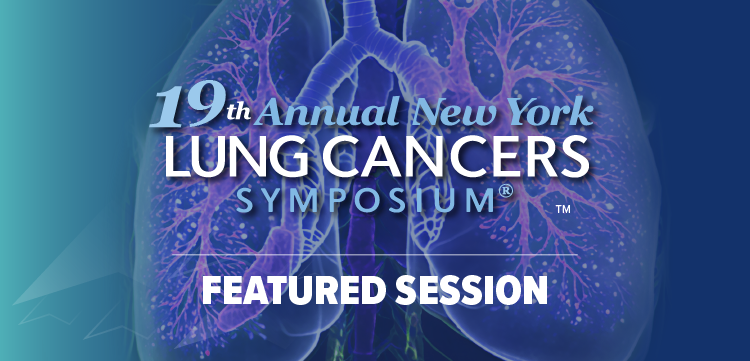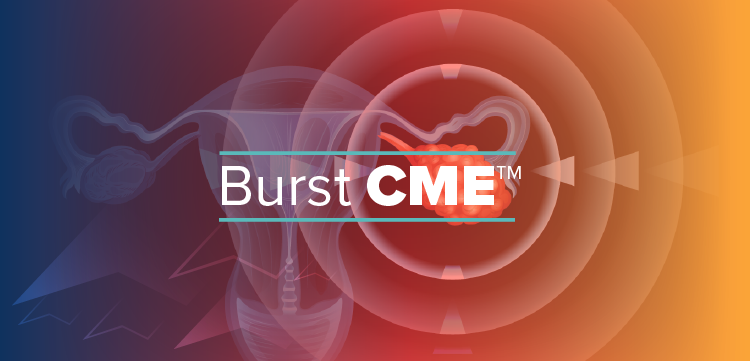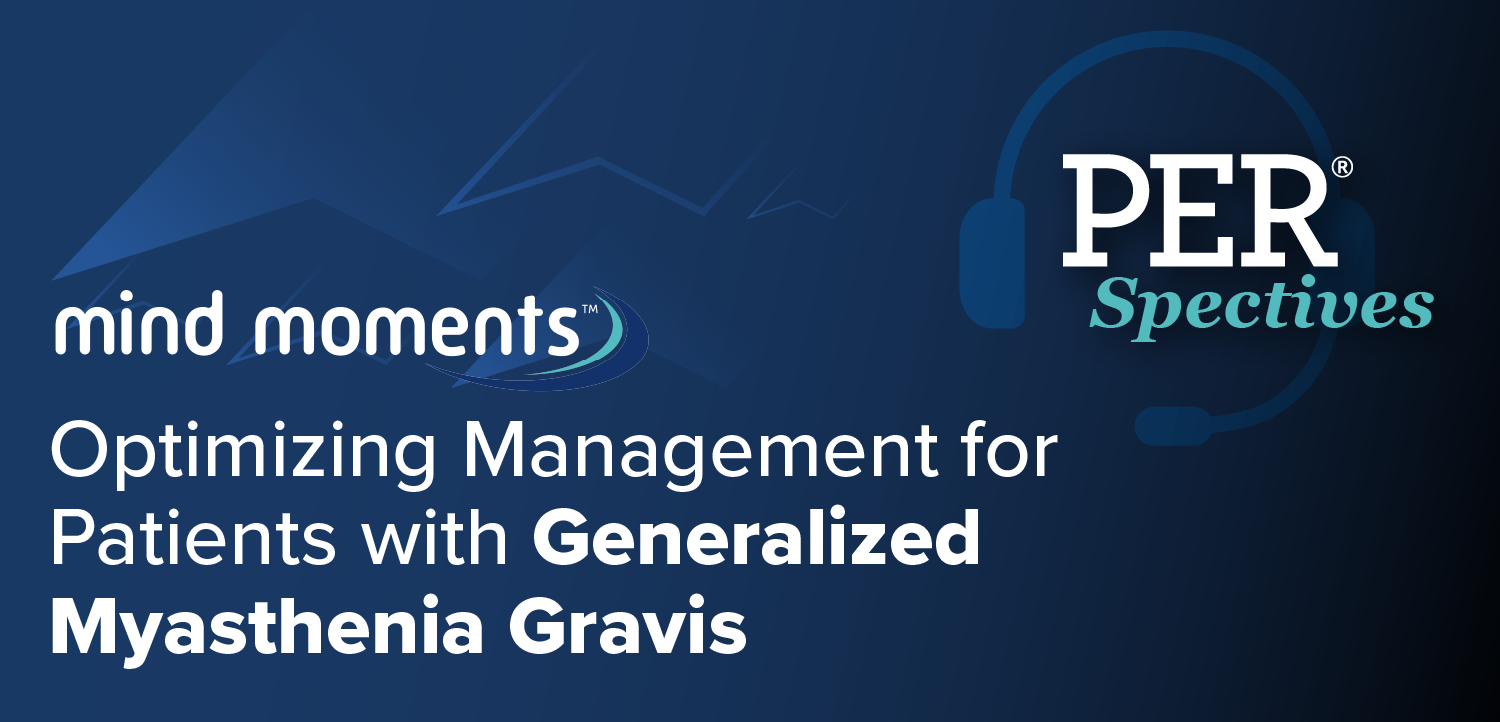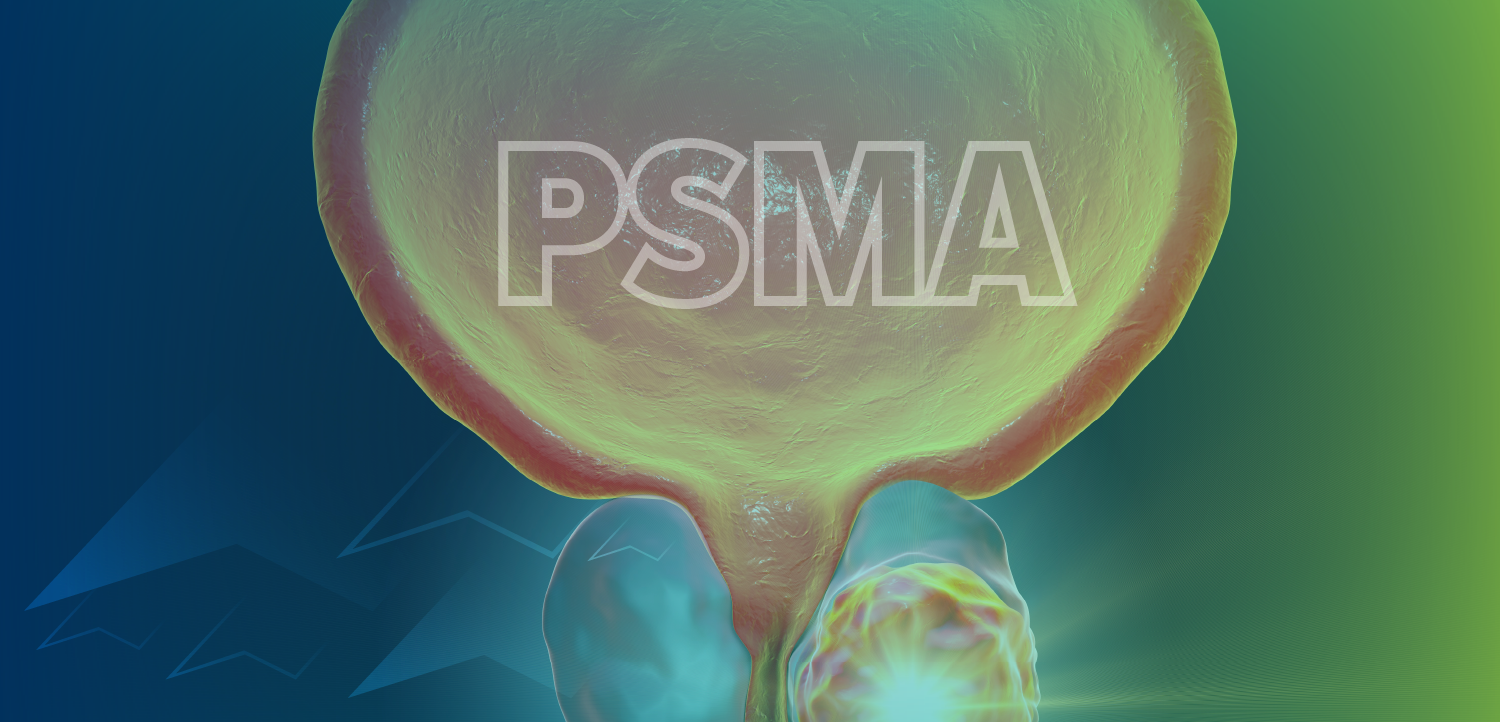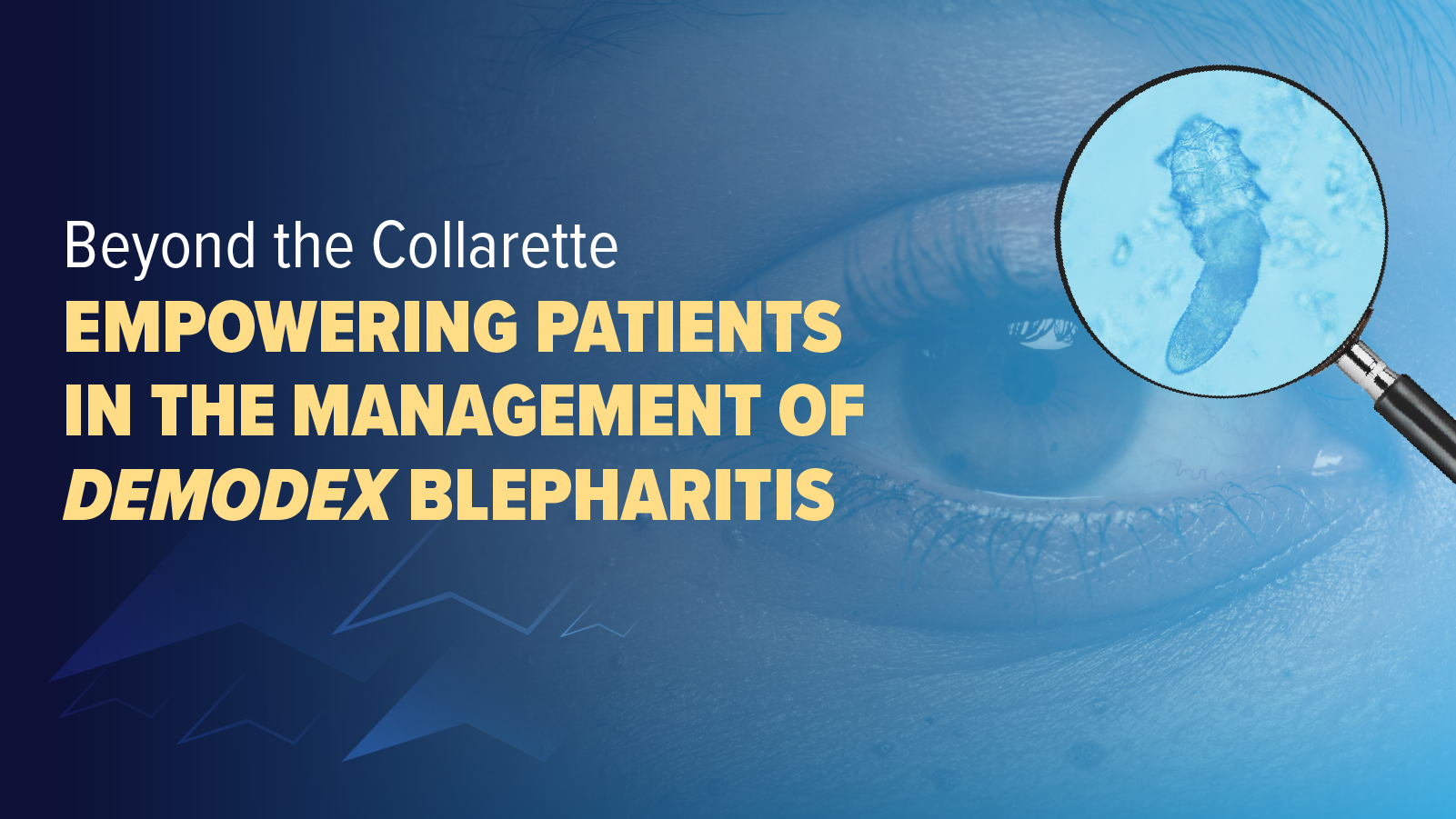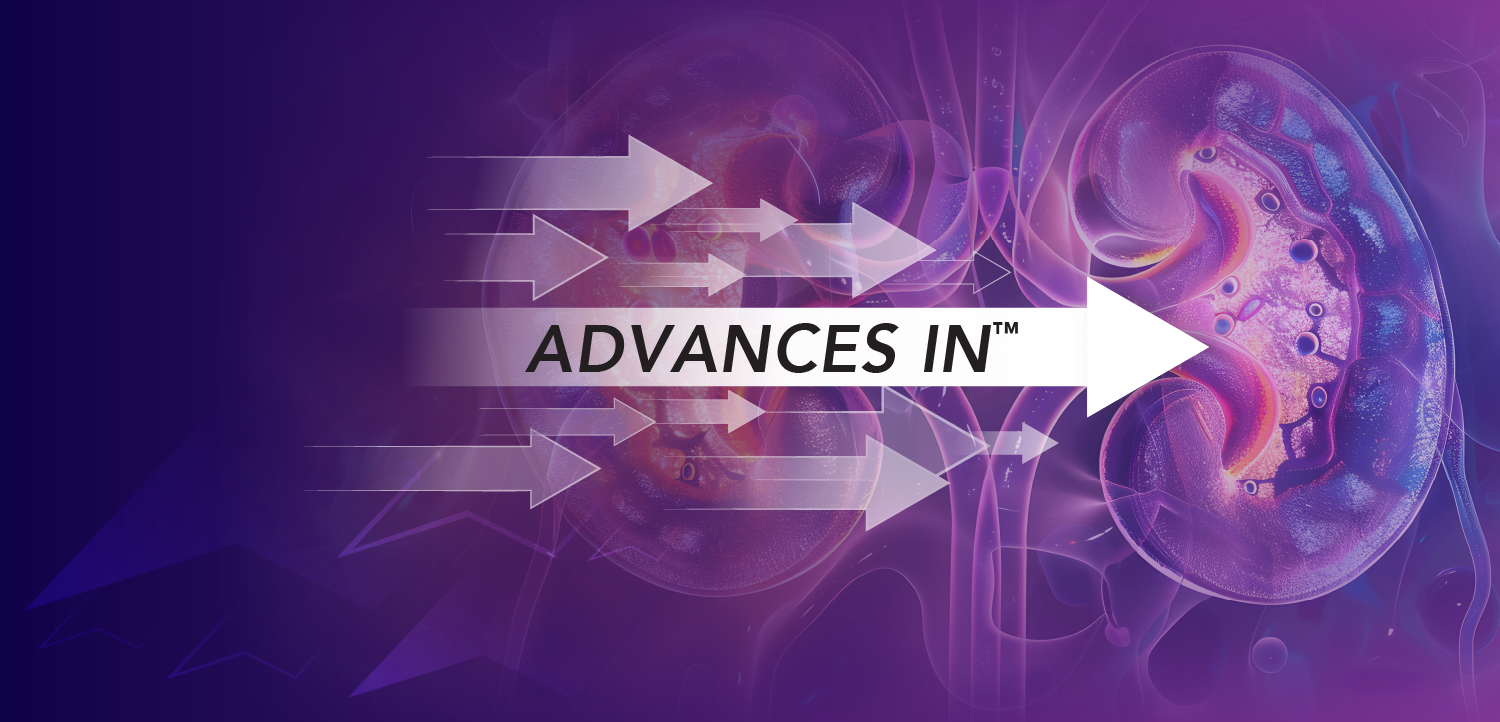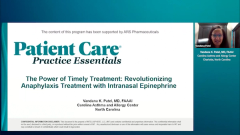
Real-World Impact: Patient Cases of Anaphylaxis and Intranasal Epinephrine
A panelist highlights how neffy, a needle-free, portable intranasal epinephrine device, addresses key unmet needs by reducing needle anxiety, enabling easy use by nonmedical caregivers, offering longer shelf life and temperature stability, and improving timely administration to prevent severe anaphylaxis outcomes, as demonstrated in clinical case examples.
Episodes in this series

Neffy addresses several important unmet needs in the treatment of anaphylaxis by offering a needle-free, portable, and easy-to-use alternative to traditional epinephrine autoinjectors. The absence of needles significantly reduces anxiety and needle phobia, which can be major barriers to timely administration. Its compact design makes it convenient for patients to carry at all times, increasing the likelihood that epinephrine will be available when needed. The device is designed to be simple enough for use by non–health care providers, including coaches, friends, or family members, which helps ensure prompt administration even in stressful situations or when the patient is unable to self-administer.
This device is particularly appropriate for children older than 4 years and weighing at least 15 kg, as well as for adolescents and young adults who may engage in risk-taking behaviors or have a reduced perception of danger. Needle-phobic individuals and those who struggle with frequent prescription refills also benefit from neffy’s ease of use and longer shelf life. The device’s temperature stability further supports practical everyday use, as it can be safely stored in environments that would degrade traditional injectable epinephrine. These features collectively aim to reduce delays in epinephrine administration, which is critical because most anaphylaxis-related deaths occur due to delayed or missed treatment.
Two clinical cases illustrate the importance of timely epinephrine administration and highlight the advantages of the intranasal device. In one case, delayed injection due to apprehension about using a needle resulted in a severe reaction requiring emergency intervention and hospitalization. In contrast, another patient undergoing a controlled food challenge experienced rapid symptom relief following intranasal epinephrine administration, demonstrating the device’s effectiveness and safety. Together, these examples underscore the potential of neffy to improve outcomes by making epinephrine administration more accessible, less intimidating, and more reliable for patients at risk of anaphylaxis.
Newsletter
Enhance your clinical practice with the Patient Care newsletter, offering the latest evidence-based guidelines, diagnostic insights, and treatment strategies for primary care physicians.



